What Is the Longest Freshwater Lake in the World?
Lake Tanganyika is the world’s longest freshwater lake in the world, stretching approximately 660 kilometers (over 410 miles) in length.
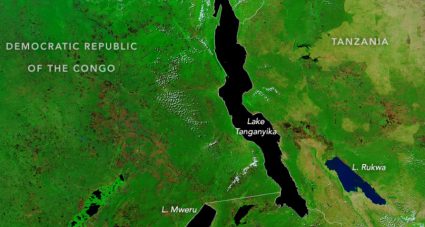
Lake Tanganyika is the world’s longest freshwater lake in the world, stretching approximately 660 kilometers (over 410 miles) in length.
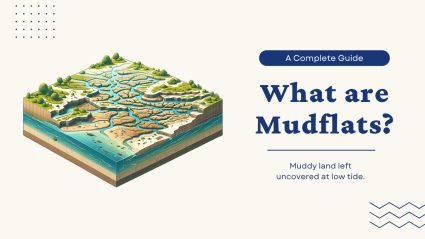
Mudflats are flat, muddy areas next to the sea or rivers. When the tide goes out, this exposes the wet, soft surfaces of a mudflat.
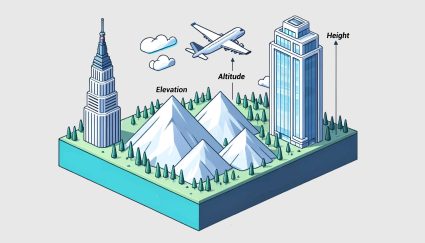
Elevation is how high a place is from sea level. Altitude measures how high up we are in the sky. Height is simply how tall something is.
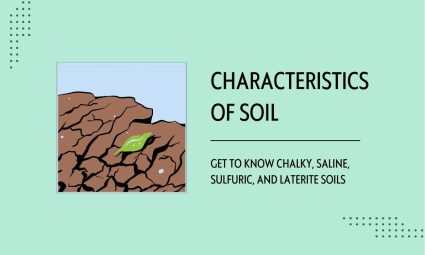
Soil is a key part of our planet. They have many characteristics, each with unique features. Today, we’ll explore soil characteristics.
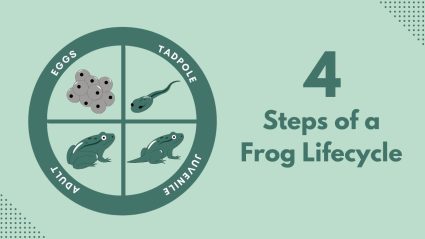
We’re hopping into the world of frogs to explore their incredible journey. In just four steps, we’ll uncover each stage of a frog lifecycle.
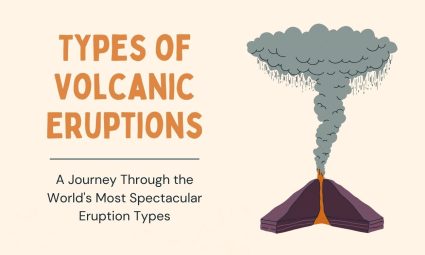
From the explosive power of Plinian eruptions to the calm flow of Icelandic eruptions, we explore six eruption types from volcanoes.

Terrace farming involves creating step-like fields in hilly areas, allowing farmers to grow crops on slopes and control soil erosion.
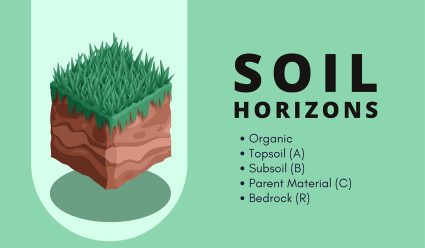
Soil horizons are layers in the soil, each with different characteristics. They form over time, due to various natural processes.
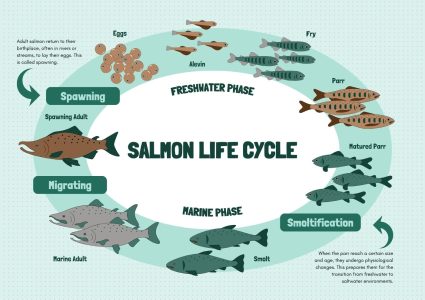
The salmon lifecycle is a remarkable journey, unique in the animal kingdom. These fish travel thousands of miles throughout their lives.
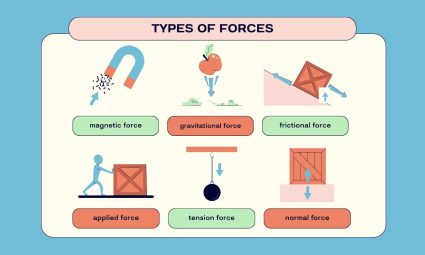
A force can make things move, stop, or change direction. For example, types of forces include gravity, friction, and magnetism.

Atoms are the tiny building blocks of everything around us, from the air we breathe to the stars in the sky. Today we explore the atom.
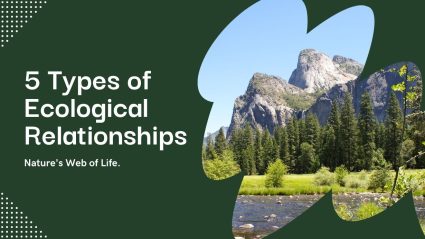
Nature interacts in some pretty interesting ways. Ecological relationships are like the friendships and rivalries in nature’s big community.
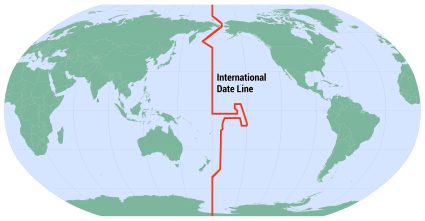
The International Date Line is an imaginary boundary, running from the poles. It lies mainly along the 180° longitude in the Pacific Ocean.
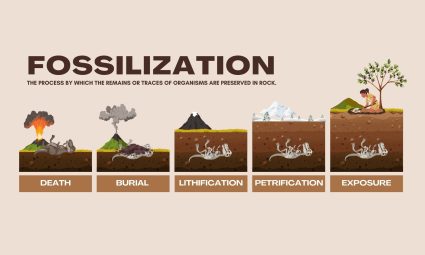
Fossilization is a process that turns once-living organisms into stone-like fossils. Today, we’ll look into the steps of fossilization.
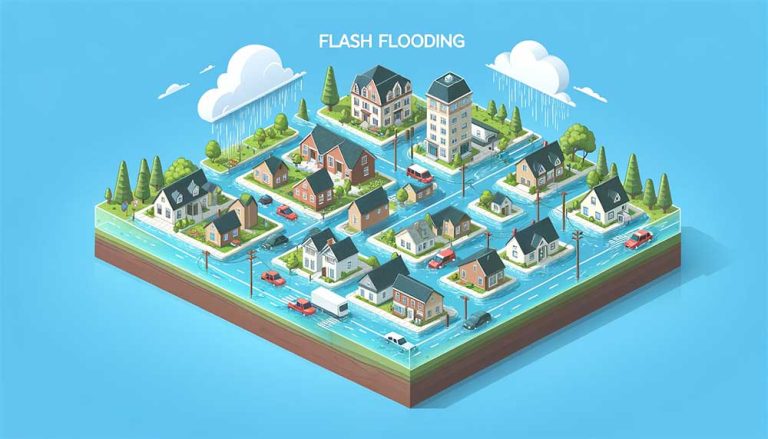
Flash flooding is a sudden and intense flooding that happens in a short period. It happens with little warning and rapidly fills the streets.